Paddling into the universe of kayak fishing can feel like a real journey, especially when you’re just starting out. You bet I’ve wrestled with my share of waves and tides, from figuring out that changing lures more efficiently could give me an edge in catching fish.
This article is your guiding light, filled to the brim with nine tested and trusted tips to elevate your kayak fishing skills – everything from mastering casting techniques to picking out just-the-right gear for you.
So let’s strap on a life vest: it’s time we rule these waters together!
9 Proven Tips for Kayak Fishing
Learn how to cast one-handed, allowing you to control the kayak while making accurate casts.
Learn how to cast one-handed
Casting one-handed is a key fishing skill. It’s handy when you hook a fish or need to steer your kayak. My first time trying, it felt odd. But I kept at it and got better fast. Give it a whirl on your next trip out! With some practice, you’ll be casting one-handed like an ace in no time!
Learn how to paddle one-handed
Paddling one-handed is a must-know skill for kayak fishing. I had to learn it too! This handy trick lets me cast my line while staying on course. It’s not easy at first and needs much practice.
But don’t give up, keep trying!
This drill helps with balance and boat control in the water. You’ll also get better at casting your lines from different angles while paddling once you master this skill! Always aim for efficiency when fishing from a kayak; one-handed paddling helps achieve that goal.
Trust me, it will make your whole fishing trip more fun and less of a hassle!
Do your research
Knowing where to fish is important. Local fishing resources are a big help. They tell you about good fishing spots. They also share rules about fishing in certain areas. I use the Total Fishing Manual a lot.
It talks about many ways to fish, including with a kayak. As a beginner, this book taught me so much! It gave me kayak fishing tips and showed me how to get better at it.
Landing a fish
When I’m landing a fish in my kayak, I make sure to keep tension on the rod at all times. This helps me control and guide the fish towards my net or cradle, where I can secure it safely.
It’s important to be patient and avoid jerking the rod too much, as this can loosen the line and cause the fish to escape. By maintaining tension and using proper equipment, I increase my chances of successfully landing that big catch while enjoying my kayak fishing adventure.
Navigation
When kayak fishing, navigation is a crucial skill to have. It’s important to know how to navigate effectively on the water so you can find the best fishing spots and avoid any potential hazards.
One tip is to bring a VHF Marine Radio with you, as it’s considered one of the most important safety equipment items on a kayak. This radio allows you to communicate with other vessels and emergency services if needed.
Another helpful resource is the book “The Essential Sea Kayaker: A Complete Guide,” which covers topics related to seamanship and navigation. So whether you’re using a map or relying on technology like GPS, make sure you have the knowledge and tools necessary for safe and successful navigation while kayak fishing.
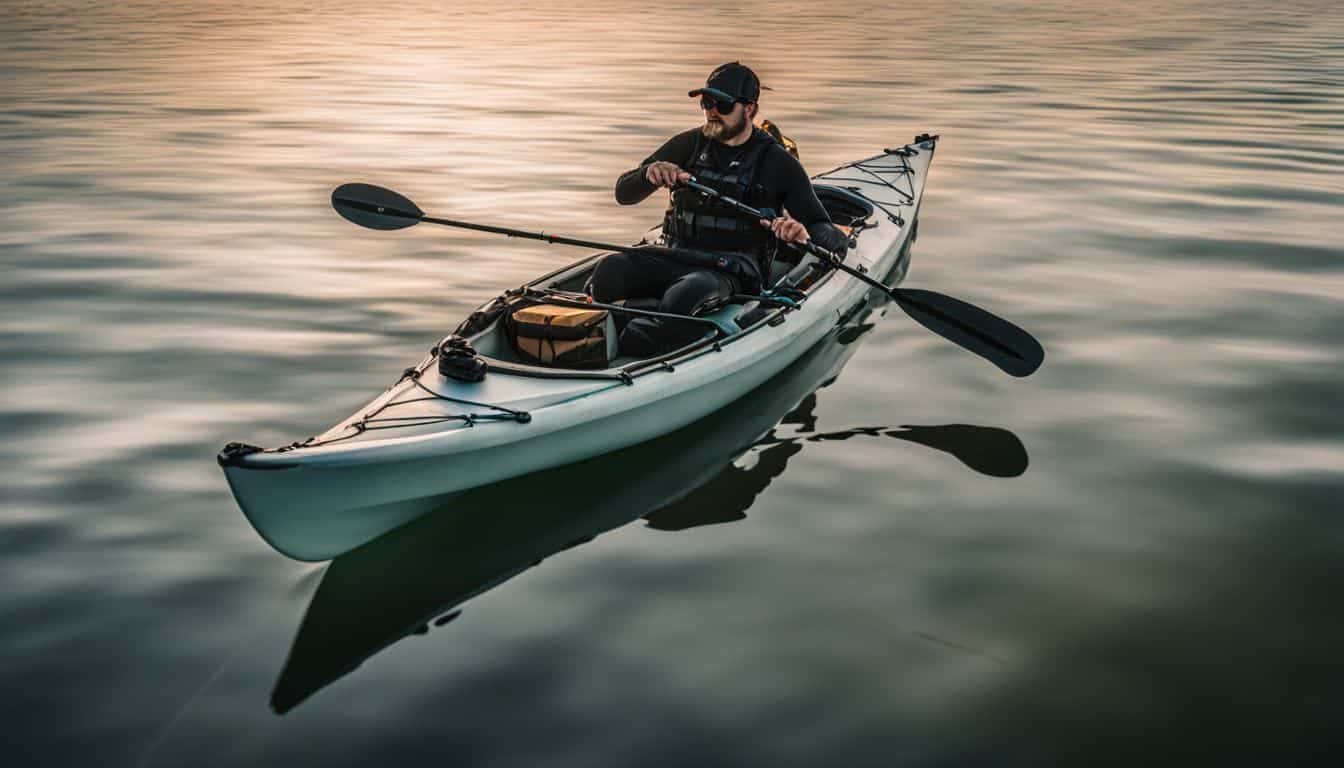
Check the weather
Checking the weather is an important tip for kayak fishing. Before heading out on a fishing trip, it’s essential to know what the weather forecast looks like. This helps you prepare and stay safe on the water.
Checking the weather allows you to plan accordingly, whether it’s bringing rain gear or rescheduling your outing if there are severe conditions predicted. Fishing conditions can be greatly influenced by the weather, so it’s crucial to be aware of any potential changes in wind speed, temperature, or precipitation.
Safety precautions should always be taken when going out on the water, and checking the weather is one of them. Adequate hydration is also important during kayak fishing trips, so knowing how hot or humid it will be can help you prepare by bringing enough water for the entire day.
Be efficient in lure changing
Efficiency in lure changing is crucial for success in kayak fishing. Knowing the right time and place to change your lure can make a big difference in catching fish. It’s also important to have the skill and speed required for changing lures effectively.
By practicing this skill, you can become a better fisherman and increase your chances of landing a catch. So, make sure you master the technique of lure changing and be prepared to switch baits efficiently during your kayak fishing adventures.
Use your feet
When fishing from a kayak, using your feet can be a helpful technique to stabilize yourself. By placing your feet in the footrests or foot braces of the kayak, you can use your lower body to maintain balance.
This is especially important when reeling in a fish or casting your line. Your feet provide support and help you stay steady while making those movements. So, don’t forget to utilize this technique for better stability during your kayak fishing adventures!
Be aware of other vessels
Being aware of other vessels is extremely important for your safety while kayak fishing. Since kayaks are smaller and less visible than larger boats, it’s crucial to take precautions to avoid any accidents or collisions on the water.
One way to increase your awareness is by having a functional handheld radio, like a VHF Marine Radio, with you at all times. This can help you communicate with other boaters and be aware of their presence.
Additionally, always make sure to wear a life jacket or personal flotation device (PFD) while kayak fishing. This will not only keep you safe in case of an emergency but also make you more visible to other watercraft.
Always pack essentials
When going kayak fishing, it’s important to always pack the essential gear and equipment. This includes items like your paddle, kayak clothing, a GoPro Hero 7 Black camera for capturing those memorable moments, a fishfinder to help you locate the best fishing spots, and a rod holder attachment to keep your fishing rod secure.
Don’t forget to bring power sources for your fishfinder and electric motor, along with a dogbone and VHF marine radio for communication. It’s also crucial to wear the right outdoor clothing like a dry suit or wet suit, neoprene booties for foot protection, hats to shield yourself from the sun, and even a face guard or mask for added protection against the elements.
Remember to apply sunscreen and pack some snacks for those long kayak fishing trips too. By having these essentials on hand, you’ll be well-prepared and ready to enjoy a successful day of kayak fishing.
Choosing the Right Kayak for Fishing
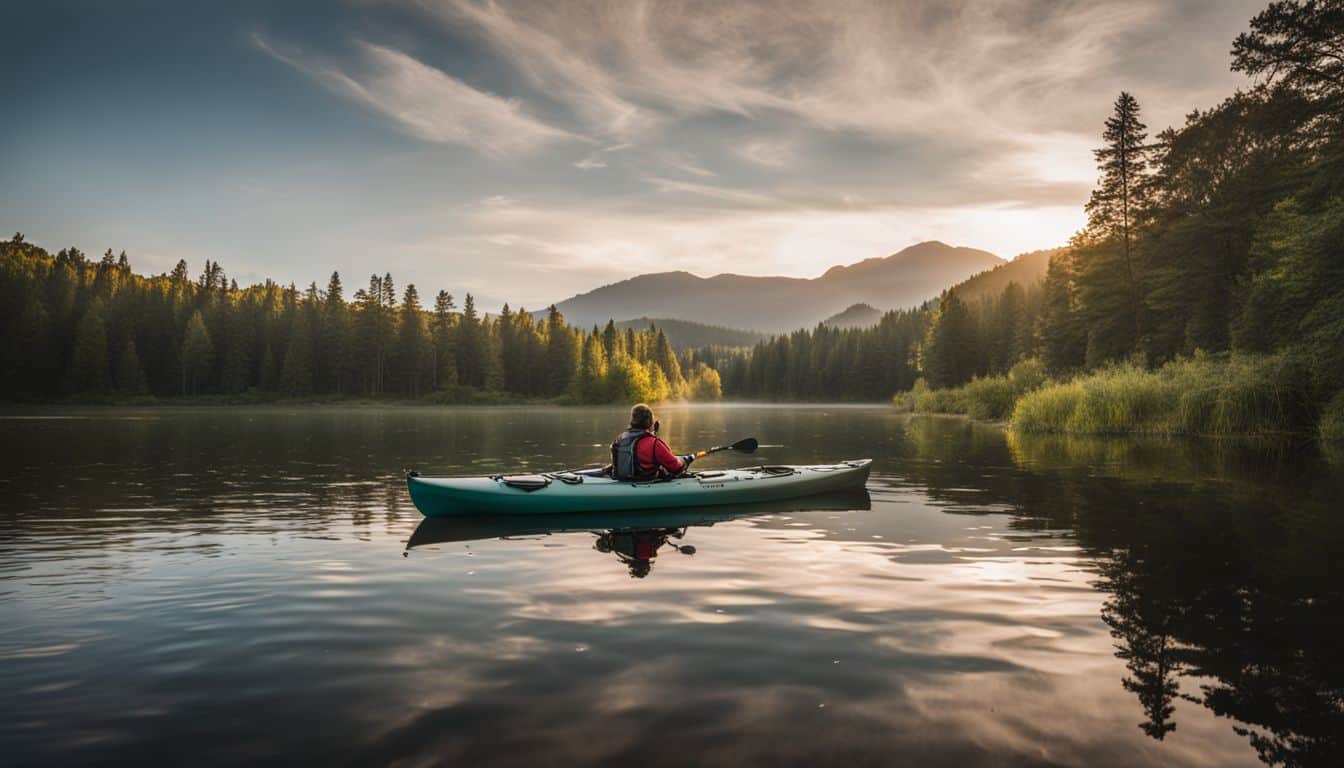
There are different types of kayaks for fishing, so it’s essential to consider factors such as body type, stability needs, and budget constraints. Some popular options include pedal-drive kayaks, which offer hands-free propulsion, and inflatable kayaks that are lightweight and easy to transport.
If you’re willing to invest more in your fishing kayak, premium models offer advanced features and durability. It’s all about finding the best fit for your needs and preferences so that you can have a comfortable and efficient fishing experience.
Choosing the Right Paddle
Choosing the right paddle is very important for making kayaking easier and more enjoyable. There are a few factors you should consider when selecting a paddle. First, think about the material of the paddle.
Some common materials are fiberglass, carbon fiber, and plastic. Each material has its own pros and cons in terms of weight, durability, and cost.
Next, consider the size of the paddle. The length of the paddle will depend on your height and your paddling style. A general rule is that taller people will need longer paddles to reach comfortably into the water.
You should also think about the blade design and settings for fishing kayaks specifically. Different blade shapes can affect how well you can maneuver through the water while fishing.
Finally, take into account your own body measurements as well as the water conditions where you’ll be kayaking. Your arm length, torso height, weight distribution between yourself and your kayak – all these things impact which paddle would work best for you.
So remember to choose a paddle that suits your needs based on material considerations like weight and cost; size considerations like length; specific features for fishing kayaks such as blade design; personal factors like body measurements; as well as water conditions where you’ll be paddling.
Wear a Life Jacket and Bright Clothes
I always make sure to wear a life jacket when I go kayak fishing. It’s an important safety precaution that can save your life. In addition to the life jacket, I also wear bright-colored clothes for better visibility on the water. Here are some reasons why it’s crucial to wear a life jacket and bright clothes while kayak fishing:
- Safety precaution: Wearing a life jacket is a must when you’re out on the water, especially if you’re in a kayak. It helps keep you afloat and provides extra protection in case of an emergency.
- Visibility enhancement: Bright-colored clothes make it easier for other boaters to see you, especially in low-light conditions or when there are waves. This reduces the risk of collisions and ensures your safety.
- Water sports safety: When participating in any water sport activity, wearing bright-colored clothing is highly recommended. It helps distinguish you from your surroundings and alerts others of your presence.
- Protective attire: In addition to keeping you visible, wearing bright clothes can also protect you from the sun’s harmful rays. Look for lightweight clothing made from UV-resistant materials for added sun protection.
Anchoring Techniques
Anchoring your fishing kayak properly is important for stability and staying in one place. Here are some anchoring techniques that can help you in your kayak fishing adventures:
- Practice makes perfect: Take the time to practice anchoring your kayak before heading out on your fishing trip. This will help you become proficient and confident in your anchoring skills.
- Safety first: Always wear a personal flotation device (PFD) when kayaking and avoid fast flowing currents when anchoring. Safety should always be a top priority.
- Direct anchoring method: The direct method involves attaching your anchor line directly to the kayak. This allows for quick detachment by cutting the line if needed. It’s a good idea to carry line cutters with you for this purpose.
- Grapnel anchor: A grapnel anchor with four sharp prongs is commonly used by anglers for stability in shallow water. This type of anchor digs into the bottom and provides a secure hold for your kayak.
- Stakeout pole technique: Another effective anchoring technique is using a stakeout pole. This involves pushing a long pole into the ground or shallow water to secure your kayak in place. It’s a great option for quickly setting up in shallow water.
Helpful Accessories for Kayak Fishing
When it comes to kayak fishing, having the right accessories can make your experience more enjoyable and successful. Here are some helpful accessories that every fishing enthusiast should consider:
- Fishing tackle: Make sure you have a variety of lures, hooks, and bait to attract different types of fish.
- Pliers: A good pair of pliers is essential for removing hooks from fish and making adjustments to your tackle.
- Landing net: This will help you safely land and release fish without causing harm or injury.
- Water bottle: Staying hydrated is important when spending long hours on the water. Keep a water bottle within reach.
- Rod holders: These will secure your fishing rods while you’re paddling or when you need to take a break.
- Kayak crate: A kayak crate provides storage space for your gear, keeping everything organized and easily accessible.
- Slide tracks: With slide tracks, you can customize the placement of your accessories like rod holders or camera mounts.
- Kayak cart: For easy transport to and from the water, invest in a kayak cart that can handle the weight of your gear.
- Gear transport: Use bungee cords or straps to secure additional gear like coolers or tackle boxes to your kayak.
- Kayak accessories: Consider other useful accessories such as anchor trolleys, fishfinders, GPS devices, or paddle leashes.
Launching and Loading a Kayak
Launching and loading a kayak can be tricky, but with the right techniques and equipment, it can become much easier. Here are some tips to help you with launching and loading your kayak:
- Use a winch: A winch is a great tool that can make launching and loading your kayak onto a truck or van much easier. It provides leverage and helps you control the weight of the kayak.
- Consider the weight: Different kayaks have different weights, so it’s important to consider this when loading and launching. Make sure you have help if your kayak is heavy, as trying to do it alone can lead to injuries.
- Secure loose items: Before launching or loading your kayak, make sure all loose items are secured. Leaving things like tackle boxes or fishing rods loose in the kayak can cause imbalance and potentially lead to accidents or loss of balance.
- Distribute weight evenly: When loading your kayak onto a vehicle, make sure the weight is evenly distributed. This will ensure stability and prevent any issues during transportation.
- Use proper loading equipment: There are various types of equipment available specifically designed for loading kayaks onto vehicles. This includes loading ramps, straps, and foam blocks. Investing in these tools can make the process much smoother.
- Practice safety measures: Always follow safety guidelines when launching or loading your kayak. This includes wearing a life jacket, using bright clothing for visibility, and being aware of your surroundings.
Bass Fishing from a Kayak
When it comes to bass fishing from a kayak, there are a few important things to keep in mind. First and foremost, bait selection is key. You want to choose lures that mimic the natural prey of bass, such as worms or minnows.
Techniques for bass fishing can vary, but one effective method is called “flipping.” This involves casting your bait near structures like fallen trees or rocks where bass might be hiding.
As a beginner kayak angler, it’s helpful to seek out learning resources for kayak fishing. There are plenty of educational videos available online that can teach you different techniques and strategies specifically for bass fishing from a kayak.
Additionally, comprehensive angling guides like the “Total Fishing Manual” cover various methods of angling, including tips for kayaking.
If you’re looking to improve your skills and consistency in catching fish, it’s worth seeking advice from professional anglers who have experience with kayak fishing. They often provide exclusive tips and insights that can help you up your game on the water.
Lastly, if you’re interested in participating in kayak fishing competitions, it’s important to familiarize yourself with the KBF Rules Standard. This provides specific requirements and guidelines for these events, including rules for photos and scoring.
Remember: With practice and dedication, anyone can become successful at bass fishing from a kayak! So get out there on the water and enjoy this thrilling sport!
Other Species to Target in Kayak Fishing
When kayak fishing, there are many other species you can target besides bass. For example, you might come across marine mammals like the Steller sea lion while out on the water. It’s important to respect and observe these creatures from a distance so as not to disturb their natural habitat.
You may also encounter various wildlife and aquatic animals during your kayak fishing adventures. Additionally, saltwater fishing opens up opportunities to catch oceanic species such as different types of fish that thrive in coastal areas.
Exploring new locations and trying different techniques can enhance your overall experience in targeting other species while enjoying the sport of kayak fishing.
Deepening Your Kayak Fishing Insights
To deepen your kayak fishing insights, it’s important to continue learning and improving your skills. You can start by exploring different fishing techniques that are specific to kayak fishing.
This includes mastering the art of casting one-handed and paddling one-handed for better control and maneuverability on the water.
Another crucial aspect is understanding kayak safety measures. Always wear a life jacket and choose bright-colored clothes to increase visibility in case of emergencies. Additionally, make sure you have all the necessary fishing equipment, such as rods, reels, lines, hooks, and bait.
When purchasing a kayak for fishing purposes, consider factors like stability, weight capacity, storage options, and seating comfort. This will ensure that you have a suitable vessel for your angling adventures.
Water navigation skills are also essential in kayak fishing. Learn how to read maps or use GPS devices to navigate unfamiliar waters effectively. Be aware of any local regulations or restrictions regarding where you can fish from your kayak.
Staying hydrated during long days on the water is crucial for your well-being. Carry enough water with you and drink regularly to avoid dehydration while enjoying your favorite hobby.
As a beginner in this sport or someone looking to improve their skills further, seek out advice from experienced anglers or join online communities dedicated to kayak fishing enthusiasts.
They can provide valuable tips and guidance based on their own experiences.
Remember that clothing choice matters too! Opt for moisture-wicking fabrics that keep you comfortable even when perspiring heavily during hot weather conditions.
Lastly but importantly: try targeting specific fish species instead of just going out randomly hoping for a catch! Research which species are prevalent in the areas where you plan to fish so that you know what kind of lures or baits will work best.
In summary: To deepen your kayak fishing insights:
1) Explore different techniques specifically designed for kayaking.
2) Prioritize safety by wearing a life jacket,
choosing bright colors, having proper equipment.
3) When buying a kayak, consider stability, weight capacity, storage options,
and seating comfort.
4) Develop water navigation skills through maps or GPS devices.
5) Stay hydrated on long fishing trips by carrying enough water with you.
6) Seek advice from experienced anglers or join online communities for support and tips.
7) Wear moisture-wicking clothing to stay comfortable while fishing.
8) Target specific fish species to increase your chances of success.
Conclusion on Tips For Kayak Fishing Insights
In conclusion, these 9 proven tips will help you advance your insights in kayak fishing. By learning to cast and paddle one-handed, doing your research, and being efficient in lure changing, you’ll increase your chances of catching fish.
Don’t forget to check the weather, navigate carefully, and always pack essential items. With the right kayak and gear, safety measures like wearing a life jacket and bright clothes, and helpful accessories like anchoring techniques and rod holders, you’ll be well-prepared for a successful day on the water.
Keep exploring different species to target and deepening your knowledge through resources like the total fishing manual PDF. Happy fishing!
FAQs on Tips For Kayak Fishing Insights
1. Is kayak fishing suitable for beginners?
Yes, kayak fishing can be enjoyed by beginners as long as proper safety precautions are taken and basic paddling skills are learned.
2. What type of kayak is best for fishing?
A sit-on-top kayak with a stable hull design and ample storage space is best for fishing because it provides stability and allows easy access to gear.
3. Can I use regular fishing equipment when kayak fishing?
Yes, you can use regular fishing equipment when kayak fishing. However, it’s important to secure your gear properly to prevent loss or damage in case of capsizing.
4. How do I stay safe while kayak fishing?
To stay safe while kayak fishing, always wear a personal flotation device (PFD), check weather conditions before heading out, paddle in areas with minimal boat traffic, and let someone know about your plans.
5. What are some tips for successful kayak fishing?
Some tips for successful kayak fishing include choosing the right location based on fish species and seasonality, using bait or lures that match the fish’s feeding habits, practicing stealthy approaches to avoid scaring the fish, and being patient and observant on the water.

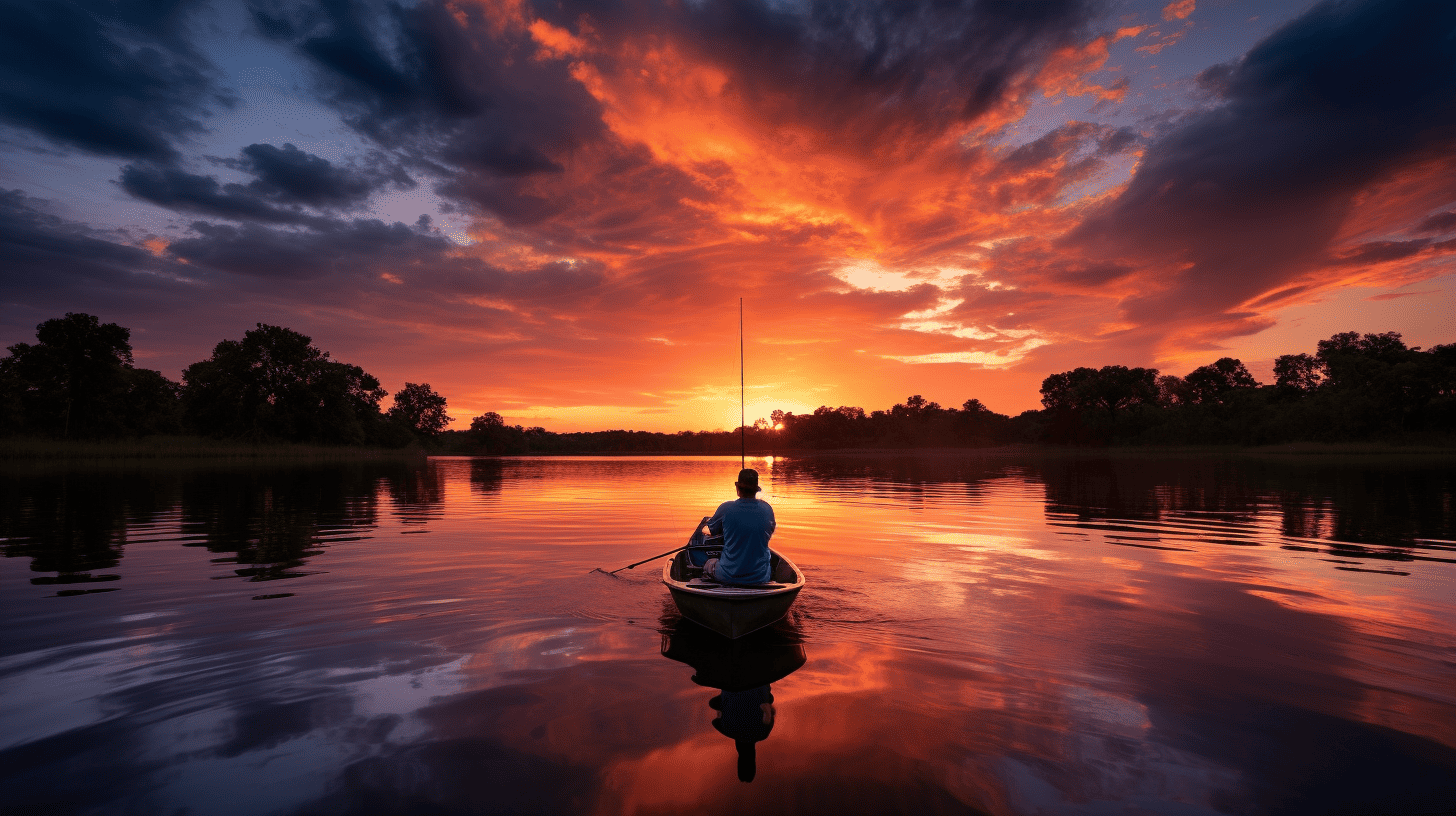
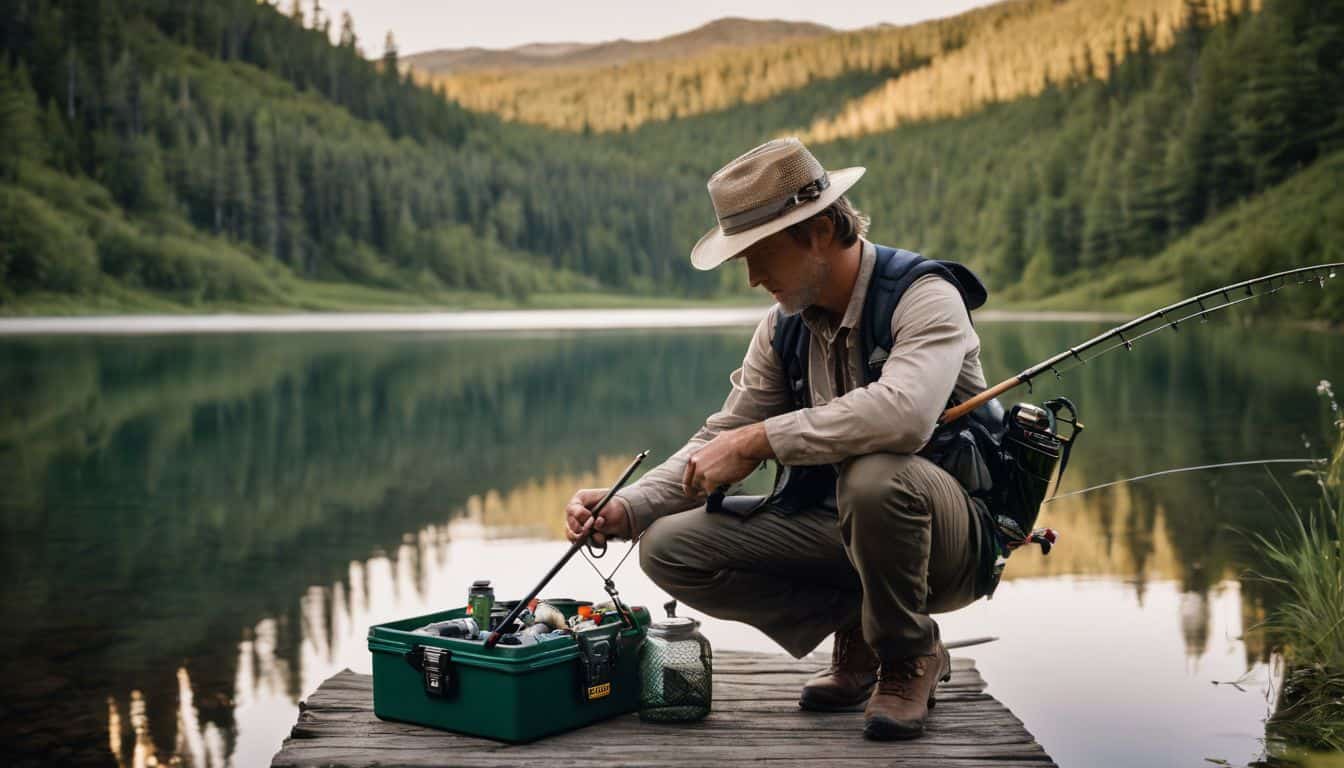
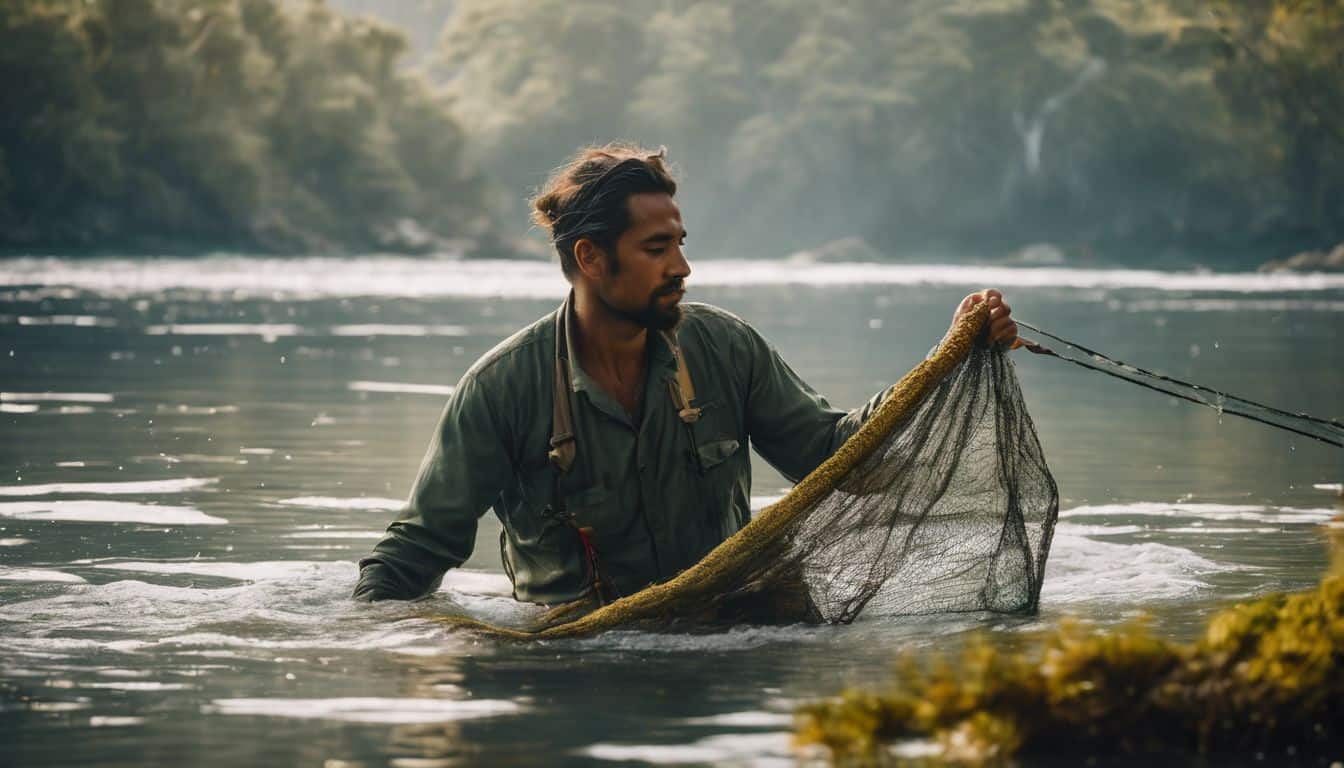
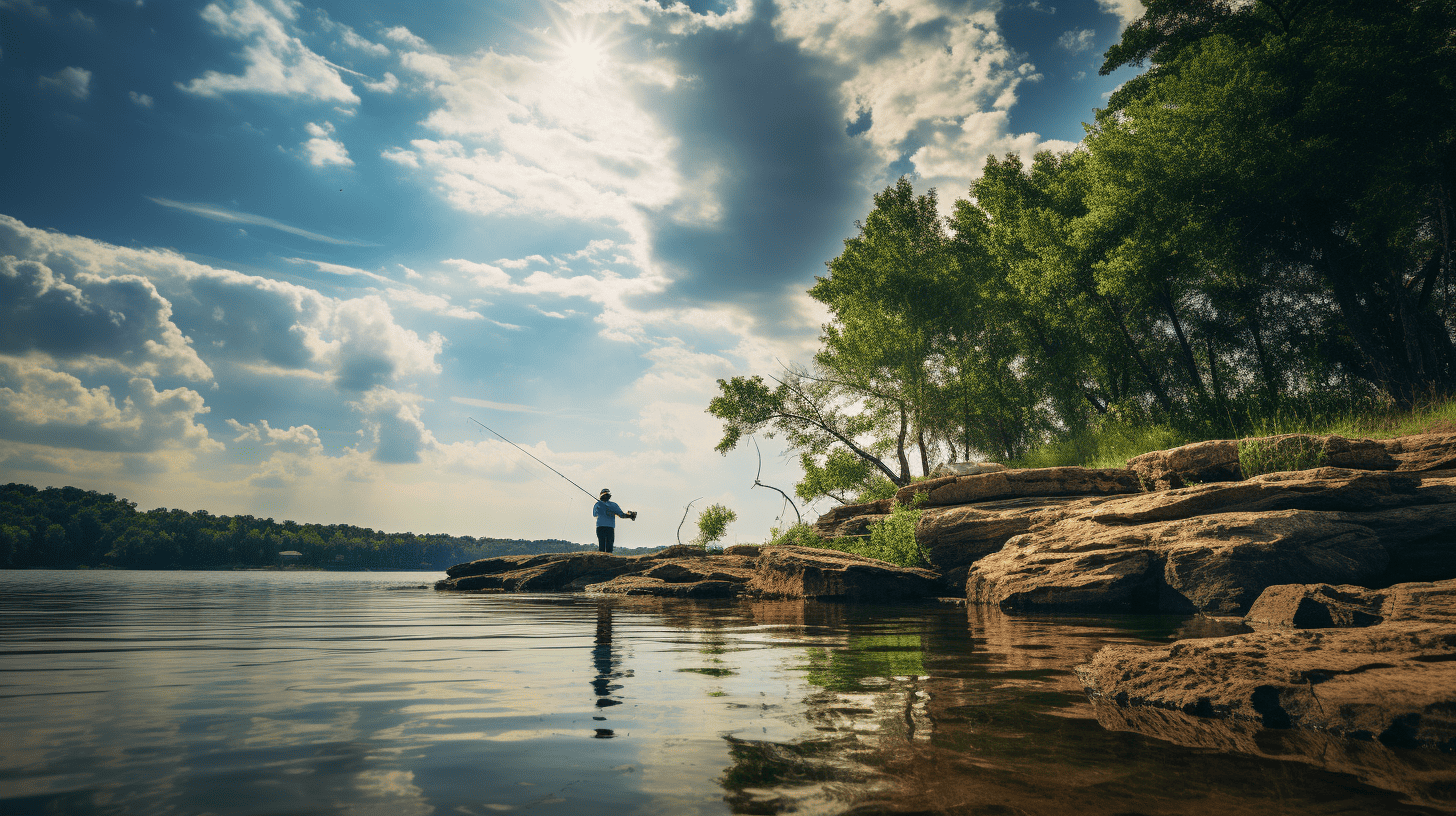
Leave a Reply